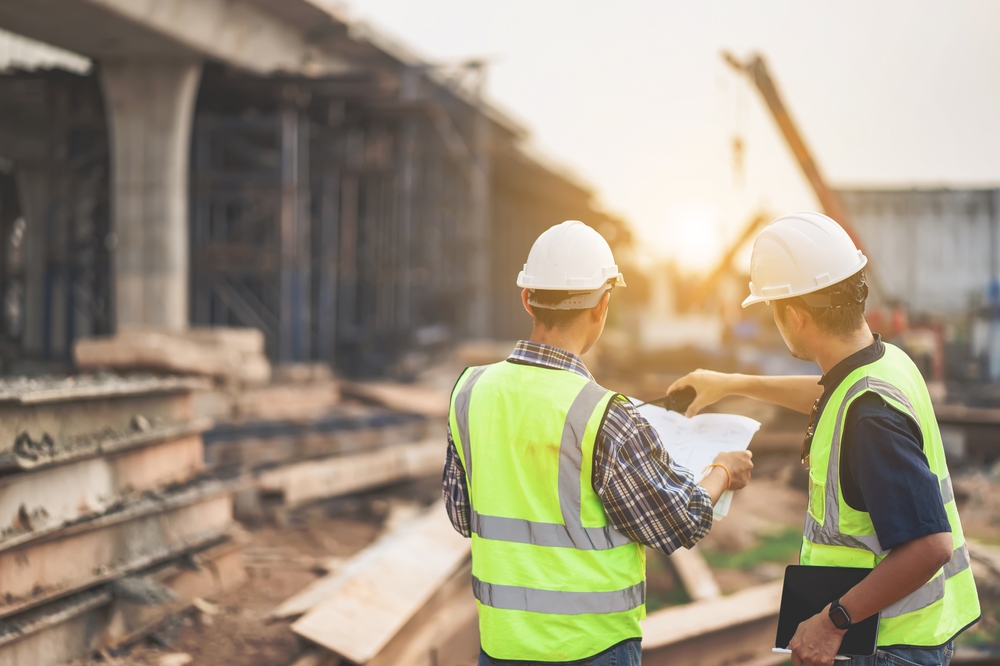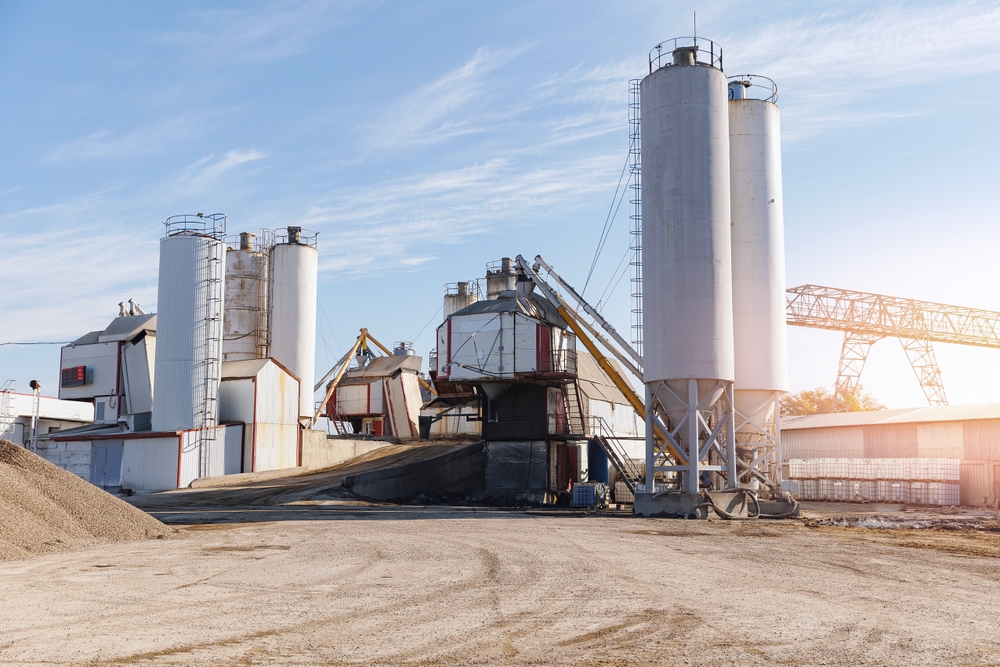Building Technologies and Their Role in Disaster Resilience
Building Technologies and Their Role in Disaster Resilience

Introduction
In a world where natural disasters are becoming increasingly frequent and intense, building technologies play a crucial role in enhancing disaster resilience. These technologies are designed to mitigate the impact of disasters, ensuring that buildings remain safe, operational, and sustainable even in the face of extreme events. From advanced materials to cutting-edge structural designs, the integration of disaster-resilient building technologies is transforming how we construct and manage buildings. This article explores the key building technologies that are helping to create more disaster-resilient structures.
Smart Building Materials for Disaster Resistance
One of the most significant advances in disaster resilience is the development of smart building materials. These materials are engineered to withstand extreme weather conditions such as earthquakes, hurricanes, floods, and fires. For example, self-healing concrete can repair cracks caused by seismic activity, extending the lifespan of buildings in earthquake-prone regions. This innovative material contains bacteria that produce limestone when exposed to air and water, filling in the cracks naturally.
Similarly, materials like impact-resistant glass and storm-proof roofing are being used in hurricane-prone areas to protect against high winds and flying debris. These materials not only enhance the structural integrity of buildings but also reduce the need for costly repairs and reconstruction after a disaster.
Earthquake-Resistant Building Designs
In regions prone to earthquakes, specialized building designs are crucial for minimizing damage and ensuring the safety of occupants. One of the most effective technologies is base isolation, a system that separates a building from its foundation, allowing it to move independently during an earthquake. This technology reduces the amount of force transmitted to the building, significantly lowering the risk of structural failure.
Other earthquake-resistant designs include the use of flexible materials that can absorb and dissipate seismic energy, preventing collapse. Engineers are also incorporating advanced damping systems that reduce the swaying of tall buildings during earthquakes, making them safer for occupants.
Flood-Resistant Building Technologies
Floods are one of the most common and devastating natural disasters. To combat this, architects and engineers are developing flood-resistant building technologies that protect structures from rising water levels. Elevated foundations are a common solution, raising buildings above potential floodwaters. In addition, flood barriers and waterproof materials are being integrated into the design of buildings to prevent water ingress.
Another innovative approach is the use of permeable materials in the construction of pavements and outdoor areas. These materials allow water to pass through, reducing the risk of flooding by preventing water from accumulating on the surface. Smart drainage systems, powered by sensors, can also monitor water levels and redirect water away from buildings, minimizing damage.

Fire-Resistant Building Systems
Wildfires have become an increasing threat to many parts of the world. To combat this, fire-resistant building technologies are being incorporated into modern construction. Fire-resistant materials such as steel and concrete are being used in place of wood to reduce the risk of fire spreading through a building. Fire-retardant coatings are also applied to structural components to slow down the spread of flames.
In addition, smart fire detection and suppression systems are being integrated into buildings. These systems can detect the presence of smoke or heat and automatically activate sprinklers or other suppression mechanisms. AI-powered fire management systems can even predict the spread of a fire based on real-time data, allowing for quicker response times and minimizing damage.
Storm-Resilient Building Features
Hurricanes, tornadoes, and severe storms pose a significant threat to buildings, particularly in coastal areas. To enhance storm resilience, architects are designing buildings with reinforced walls, roofs, and windows that can withstand high winds and flying debris. Impact-resistant glass, reinforced concrete, and steel frames are commonly used in storm-resistant buildings.
Moreover, storm shutters and wind-resistant roofing systems are being integrated into building designs to provide an extra layer of protection. These features help minimize structural damage and protect occupants during severe storms.
Smart Building Monitoring Systems
In addition to structural and material innovations, smart building monitoring systems play a critical role in disaster resilience. These systems use sensors and AI to monitor a building’s structural integrity in real-time, providing early warnings of potential issues such as cracks, water infiltration, or excessive movement during earthquakes.
By continuously monitoring a building’s condition, these systems can alert building managers to take preventative measures before a disaster strikes, reducing the likelihood of catastrophic failure. In the event of a disaster, smart systems can also provide real-time data on building damage, helping first responders and recovery teams to prioritize their efforts.
Conclusion
Building technologies are at the forefront of disaster resilience, offering innovative solutions to protect structures and occupants from natural disasters. From smart materials and earthquake-resistant designs to flood prevention systems and fire-resistant construction, these technologies are transforming the way buildings are constructed and managed. As climate change continues to increase the frequency and intensity of natural disasters, the adoption of disaster-resilient building technologies will be critical for safeguarding lives and property.
For more insights on disaster-resilient building technologies, contact us.
External Links:
- Learn more about disaster-resilient construction from World Bank.
- Explore innovative building technologies on MIT Technology Review.
Read more related articles to enhance your knowledge and make informed decisions
10 Essential Steps in the Building Construction Process
How to Choose the Right Materials for Your Construction Project








